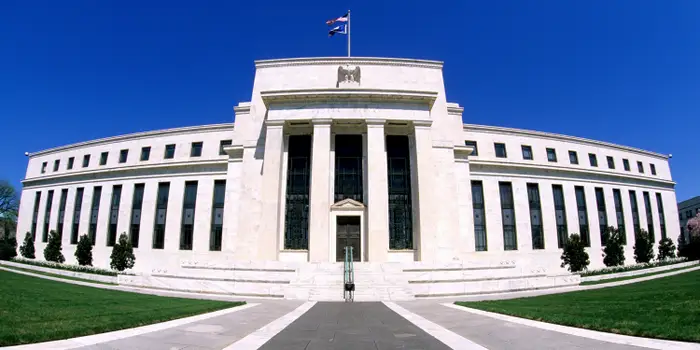Overnight Funding Rates Rise Despite Fed Efforts to Curb Volatility
Key rates tied to the U.S. overnight funding market are on the rise, even after the Federal Reserve adjusted some of its tools to rein in volatility. The Secured Overnight Financing Rate (SOFR), a crucial one-day lending benchmark linked to activity in the repurchase agreement market, jumped to 4.40% as of December 24th from 4.31%, according to data released by the New York Fed. This increase aligns SOFR with the interest on reserve balances rate (IORB) of 4.40%, suggesting that bank year-end balance-sheet constraints are starting to drive up the cost of overnight funding.
Other reference rates tied to the repo market — the Tri-Party General Collateral Rate and Broad General Collateral Rate — also significantly increased, jumping to 4.39% from 4.29%. These elevated rates come at a critical end-of-year juncture as Wall Street monitors for signs that volatility in funding markets is extending beyond the typical surges observed during the month- and quarter-ends when banks typically adjust their balance sheets for regulatory purposes by curbing repo activity.
Overnight Funding Rates Rise Despite Fed Efforts to Curb Volatility
In an attempt to mitigate this volatility, the Fed reduced the rate on the overnight reverse repurchase agreement facility (RRP) by five basis points, alongside a quarter-point reduction in the benchmark interest rate. This adjustment was intended to bring short-term rates closer to the offering level on the Fed’s facility, thereby promoting smoother functioning in funding markets.
The New York Fed has taken proactive steps to address potential year-end volatility, announcing plans to offer a second Standing Repo Facility (SRF) operation on each business day from December 30th to January 3rd. This additional operation aims to provide more liquidity and support during this typically volatile period.

Overnight Funding Rates Rise Despite Fed Efforts to Curb Volatility
Despite these measures, some on Wall Street expressed concerns about the effectiveness of the current SRF framework in fully mitigating year-end volatility.
For now, markets remain vigilant for further signs of volatility as they consider how much longer the central bank can continue unwinding its balance sheet, a process known as quantitative tightening. Dallas Fed President Lorie Logan recently remarked that a significant spread between IORB and the Tri-Party General Collateral Rate (TGCR) indicates an excess supply of bank reserve balances, suggesting that the Fed may need to further adjust its monetary policy tools to ensure the smooth functioning of the financial system.
The recent increase in key overnight rates underscores the ongoing challenges facing the Fed in its efforts to maintain stability in the U.S. financial system. While the central bank has taken steps to address potential volatility, the situation remains dynamic, and further adjustments may be necessary to ensure the smooth functioning of funding markets.
READ MORE NEWS
United States Dollar Edges Higher on Expectations of Growth Boost from Incoming Trump Administration
Alibaba and E-Mart Forge Strategic Alliance to Dominate South Korea’s E-Commerce Landscape
Wall Street Rallies Ahead of Christmas: A Rejuvenating Surge Despite Ongoing Inflation Concerns
China’s Anti-Dumping Investigation into EU Brandy Extended Amid Rising Tensions
Nippon Steel’s US Steel Takeover Plan Has Strong Support in U.S. Steelmaking Areas, Executive Says
From Academia to OnlyFans: Zara Dar’s Unconventional Career Shift









3 thoughts on “Overnight Funding Rates Rise Despite Fed Efforts to Curb Volatility”